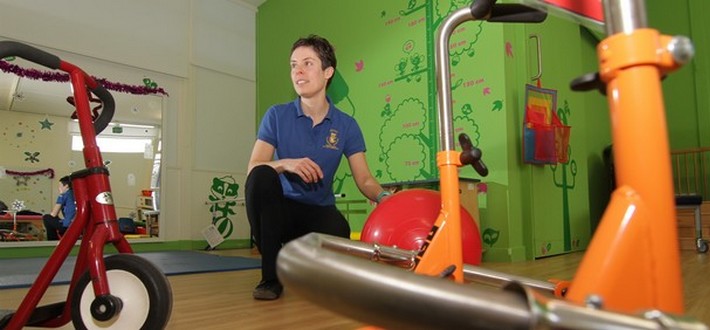- Newborn - even posture when lying down, with arms and legs slightly bent at elbows and knees, their heads will back a little when pulling to sitting from lying.
- 6-8 weeks - raises head and looks up when placed on their front.
- 6-8 months - sits without support.
- 8-9 months - crawling on all fours.
- 10-11 months - stands up and walks around holding onto furniture (cruising).
- 12-15 months - walks independently, initially unsteadily with their legs apart and arms out, but increasingly more confidently.
Bottom shuffling children tend to walk later than those who crawl on all fours.





